Entry Type: Place
aka: Clover Bend (Lawrence County)
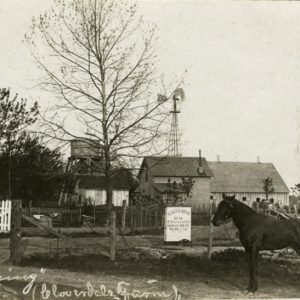 Cloverdale Farm
Cloverdale Farm
Coal Hill (Johnson County)
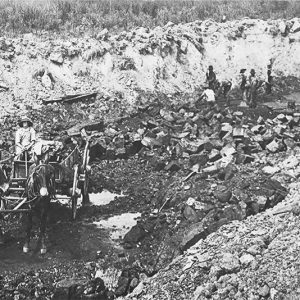 Coal Mining
Coal Mining
 Coal Pile Lake
Coal Pile Lake
 Coal-Fired Power Plant
Coal-Fired Power Plant
Coaldale (Scott County)
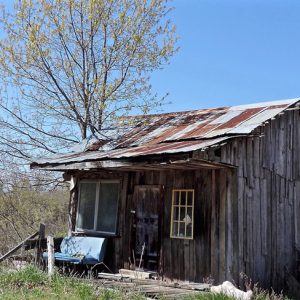 Junior Cobb Workshop
Junior Cobb Workshop
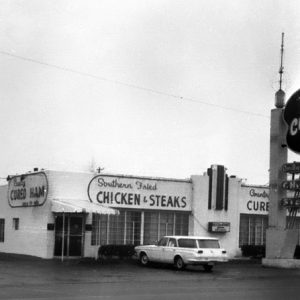 The Coffee Cup
The Coffee Cup
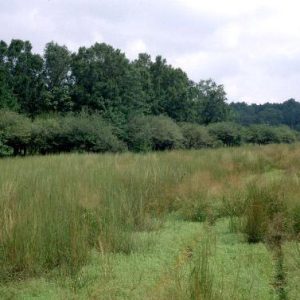 Coffee Prairie Natural Area
Coffee Prairie Natural Area
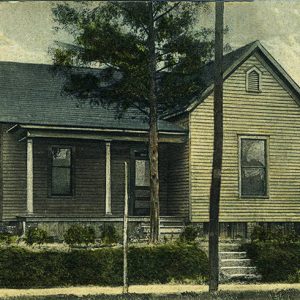 Coffin Home
Coffin Home
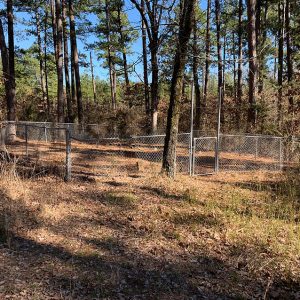 Colburn Cemetery
Colburn Cemetery
Colburn Spring (Scott County)
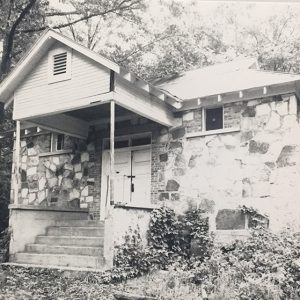 Cold Springs School
Cold Springs School
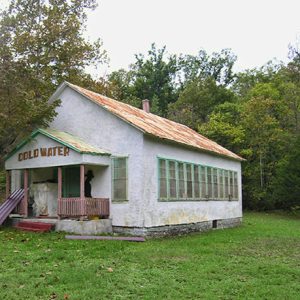 Cold Water School
Cold Water School
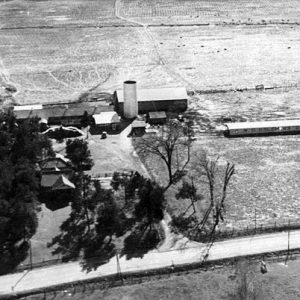 Coleman Dairy Aerial View
Coleman Dairy Aerial View
 Coleman Quartz
Coleman Quartz
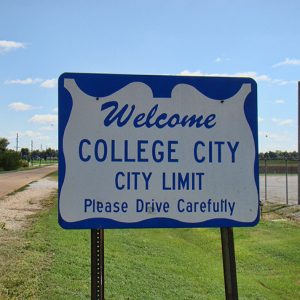 College City Sign
College City Sign
College City (Lawrence County)
Collegeville (Saline County)
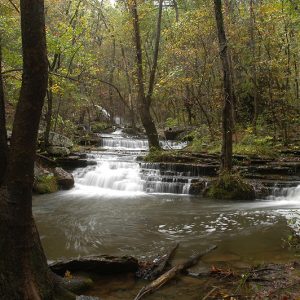 Collins Creek
Collins Creek
 Collins Theatre
Collins Theatre
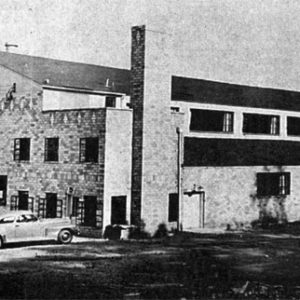 Colony House
Colony House
 Colored Deaf Mute Institute
Colored Deaf Mute Institute
 Colored Industrial Institute Students
Colored Industrial Institute Students
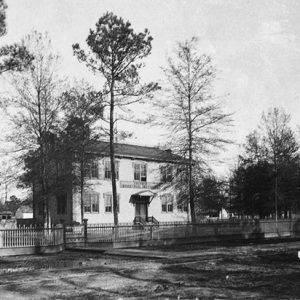 Colored Industrial Institute
Colored Industrial Institute
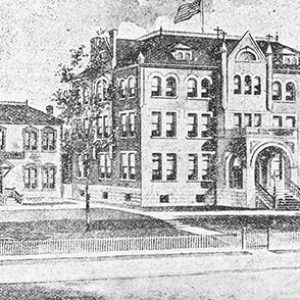 Colored Industrial Institute
Colored Industrial Institute
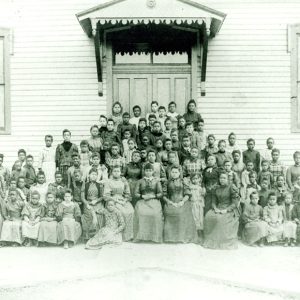 Colored Industrial Institute
Colored Industrial Institute
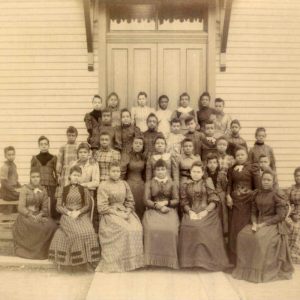 Colored Industrial Institute Students
Colored Industrial Institute Students
Colt (St. Francis County)
Columbia (Chicot County)
 Columbia Marker
Columbia Marker
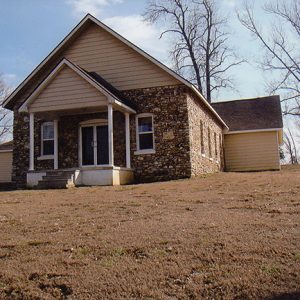 Columbia Jarrett Baptist Church
Columbia Jarrett Baptist Church
Columbia (Randolph County)
Columbia County
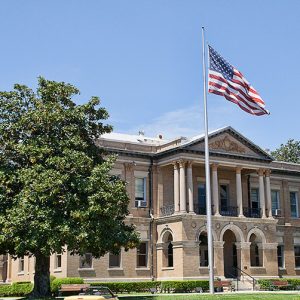 Columbia County Courthouse
Columbia County Courthouse
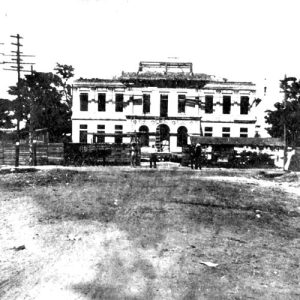 Columbia County Courthouse
Columbia County Courthouse
Columbus (Hempstead County)
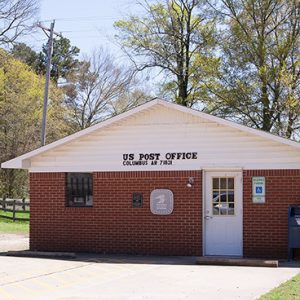 Columbus Post Office
Columbus Post Office
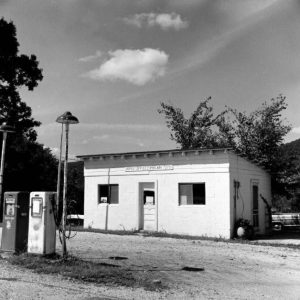 Combs Post Office
Combs Post Office
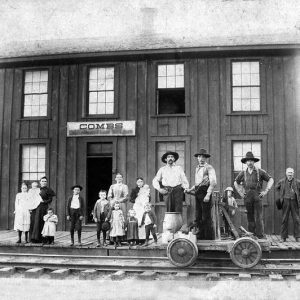 Combs Train Depot
Combs Train Depot
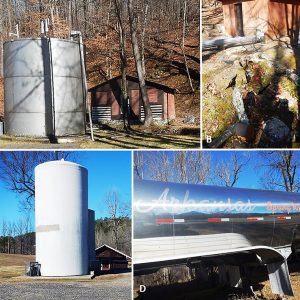 Commercial Springs
Commercial Springs
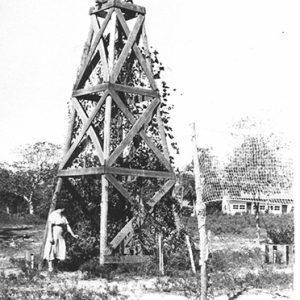 Commonwealth College Bell Tower
Commonwealth College Bell Tower
Commonwealth College
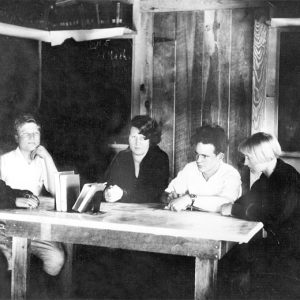 Commonwealth College
Commonwealth College
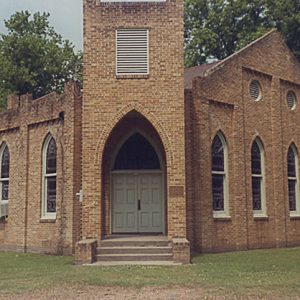 Community Church in Garland
Community Church in Garland
Community Theatre
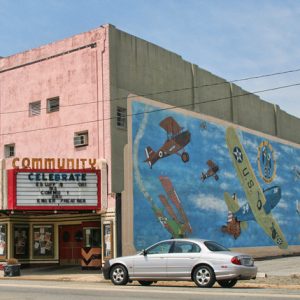 Community Theatre
Community Theatre
Company Towns
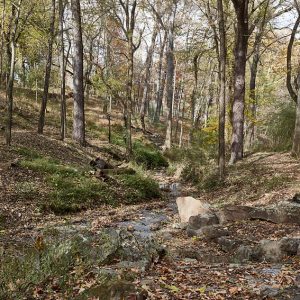 Compton Gardens
Compton Gardens




